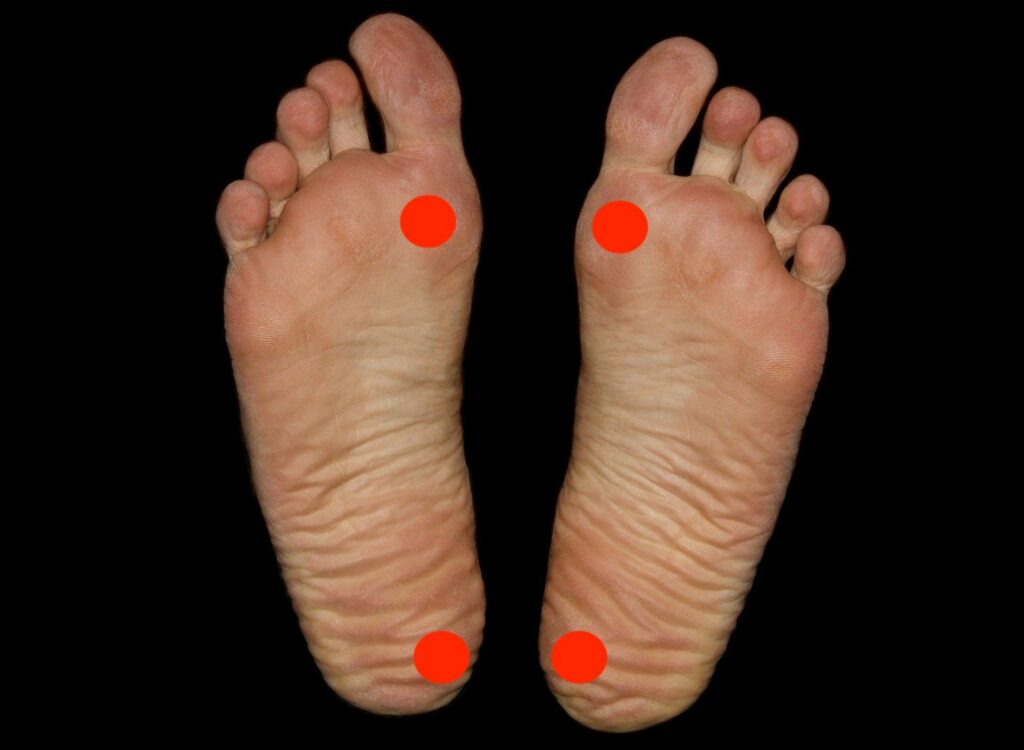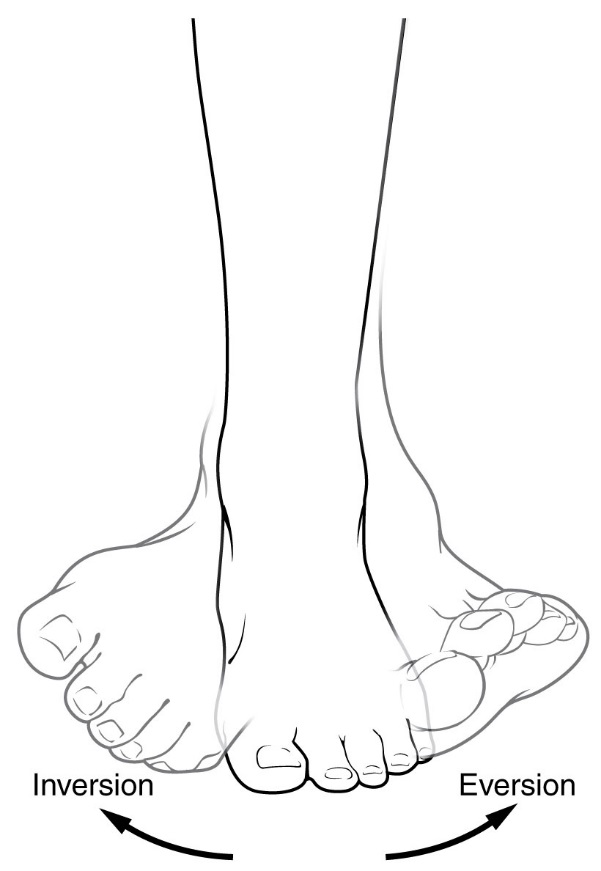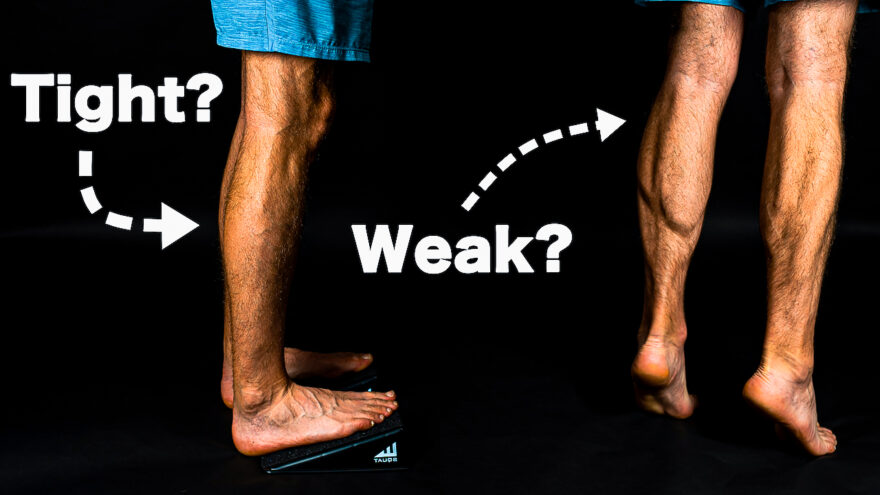Table of Contents
Nailing this one thing changes lower body exercises forever
Spending hours doing mobility drills to get loose, but not seeing lasting results?
You might be missing something.
That changes today.
There’s one key thing that can AMPLIFY pretty much all lower body mobility drills.
But that’s not all.
Nailing this piece can also improve your force production like never before.
What is it?
Check out the video, podcast, and blog below to learn.
How walking influences everything
Walking. Something we do every day, and it is SUPER important for understanding movement.
When we walk, our torso and legs move in opposite directions.
When you see this, you see a concept called relative motion.
Relative motion is when bones can move in opposition to one another. In opposite directions.
If you lack relative motion, you’ll lose mobility.
So how do we capture relative motion and move better?
I’M GLAD YOU ASKED!
With weight bearing, we need a fixed point on the ground. Doing this produces internal rotation (IR), which we need for force production. This IR occurs at the foot.
To capture relative motion, I need a corresponding proximal external rotation (ER). Put in other terms, a fixed point (IR) onto the ground can allow me to move my body up higher. This increases motion and is crucial for mobility.
What if you lack this ability to “fix” the foot? Then your whole body will orient. This is when bones move together. You won’t get mobility gains. Do not pass go. Do NOT collect $200.
Spoiler alert: MOST lower body exercises are missing the fixed point through the foot. We can get this by being heavy through the following areas:

- Medial calcaneus
- 1st metatarsal head
Awareness of these two points encourages foot pronation, which is IR.
So, if you want to get more out of your mobility drills, you need to focus on these two contact points.
But how?
Improve mobility to get foot contacts
Don’t worry. I have some drills that will help you achieve this. These are easy drills to capture the foot contacts. Once you’ve mastered these, you can apply them to ALL lower body exercises. Getting more out of your lower body moves than ever before.
The first key is to have the ankle mobility necessary to capture these foot contacts.
The key piece? Calcaneal eversion.

This movement is essential for foot pronation, and most people don’t work on it. Instead, stretching calves with reckless abandon.
For this, I like the calcaneal traction roll.
Here are the steps:
- Get one foot on a bench or stool.
- Grip behind both ankle bones with the opposite hand and traction down.
- Lean your body backward, keeping the front of your foot flat.
- Take a silent inhale through the nose and shift weight to the outside heel.
- Exhale and slowly shift weight to the inside heel.
- Make sure the forefoot stays flat
- Alternate inhale outside heel, exhale inside heel for 10-20 reps per side, 2 times per day
- If you have difficulty with heel contact, perform the same movement on a ramp.
Once you have calcaneal eversion, you can work on TRUE ankle dorsiflexion. This pronation mob is great for that:
- Put your hand over the top of the foot, keeping contact on the inside heel and base of the big toe.
- Shift the knee forward and backward for 10-20 reps on both sides.
Progressing foot contact drills
Once you have the mobility and can sense these foot points, it’s time to use your skills.
For that, there are
- Closed chain dorsiflexion
- Push off
- Lateral
Let’s look at how we can improve each.
Closed chain dorsiflexion
Squatting is THE BEST way to express ankle dorsiflexion under load. For that, I like a goblet squat on a ramp. The ramp is nice because it limits the dorsiflexion amount:
- Heavy through the foot contacts
- Exhale and reach a weight slightly forward
- Inhale and squat straight down
- Exhale and squat up
- Perform 2-3 sets x 8-12 reps.
Push off
Bridging is great for push off. This allows you to ramp up the degree of foot pressure into the ground.
- Heaviness through foot contacts
- Ramp up foot pressure to 3-5/10 effort
- Hold the position and breathe silently in through the nose, and long, slow exhale through the mouth.
- Don’t tip your foot inward or bridge excessively.
- Perform 2-3 rounds of 6-10 reps per leg.
Lateral
Weight shifting is great for working on lateral push off. For this, I like a weight shift cable chop:
- Stance should be a little bit wider than hip
- Sense bilateral foot points
- Rope attachment at the high end of a cable column
- Eyes to horizon
- Silently breathe in through the nose.
- On exhale, pull the cable to the chest and down towards the thigh.
- Transition weight from one foot to the other.
- Make sure the foot, knee, hip, chest, and eye are all lined up on that side and feet are staying flat.
- Use foot points to create the weight shift.
- Inhale when the cable goes up, exhale as you do the weight shift, inhale back to start, and exhale as you do the weight shift.
- Do 2-3 sets of 10-12 reps per side.
Sum up
Applying these concepts can amplify ALL lower body exercises. Be prepared to have better mobility and force production.
To recap:
- Relative or segmental motion is necessary for full mobility
- Orientations lead to limited mobility.
- Foot pronation creates internal rotation, allowing proximal external rotation.
- The inner heel and base of the big toe are the fixed points in the foot that allow for external rotation in the pelvis.
How’d sensing these foot points in your training go? Comment below and let us know!

